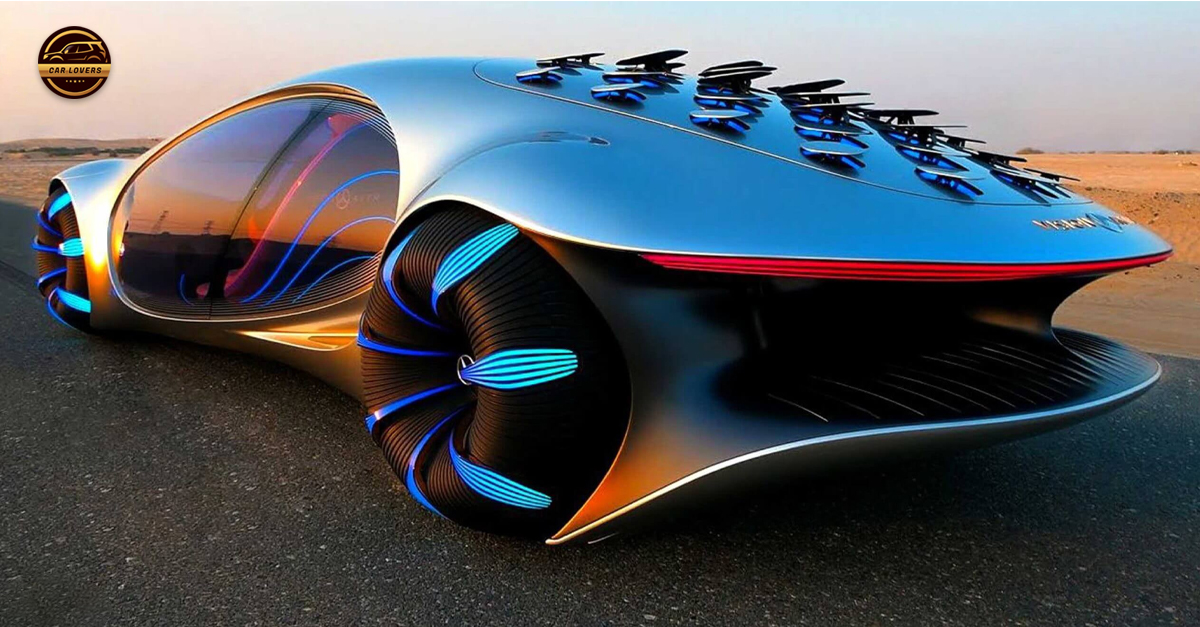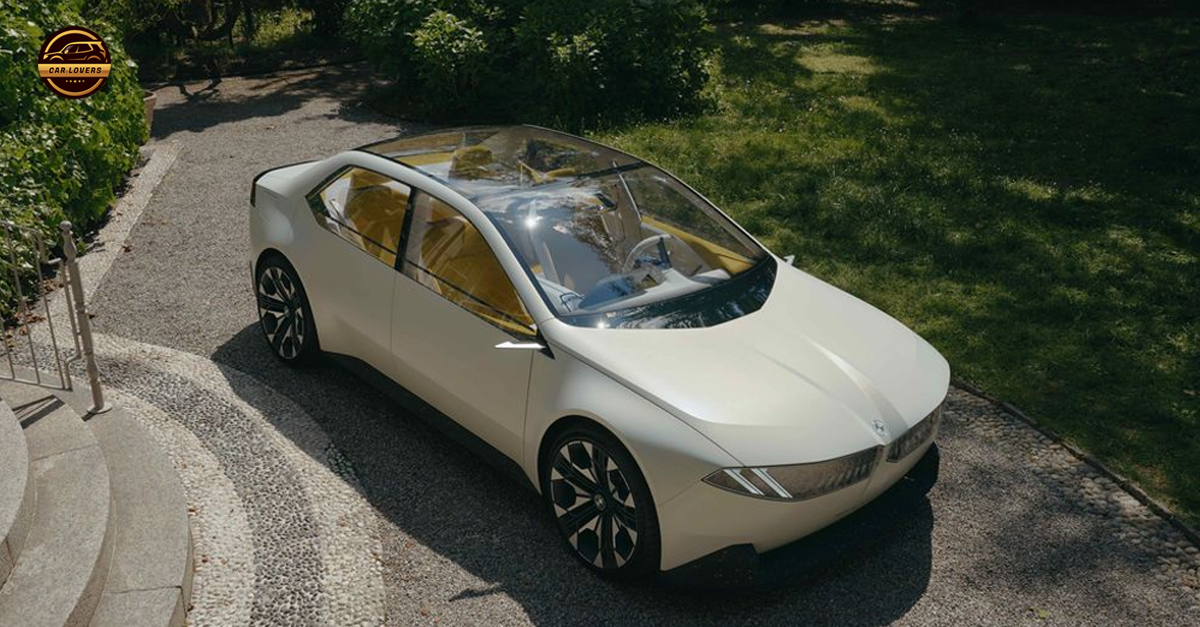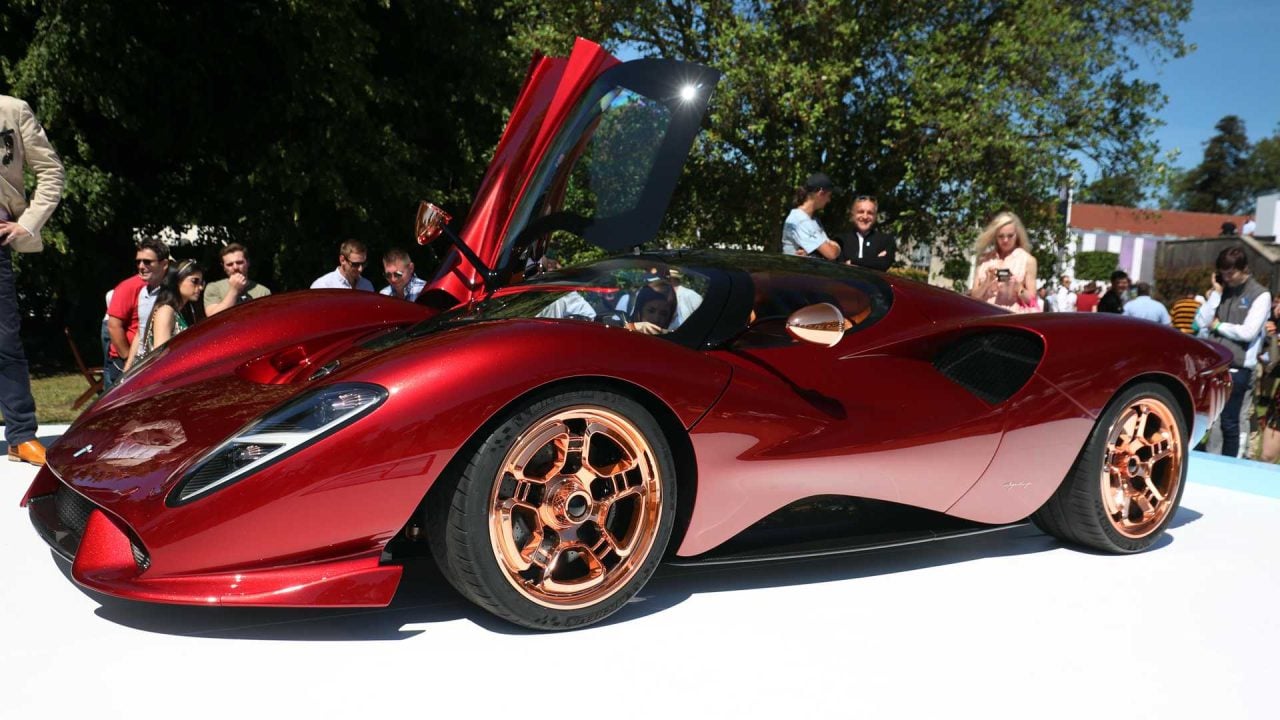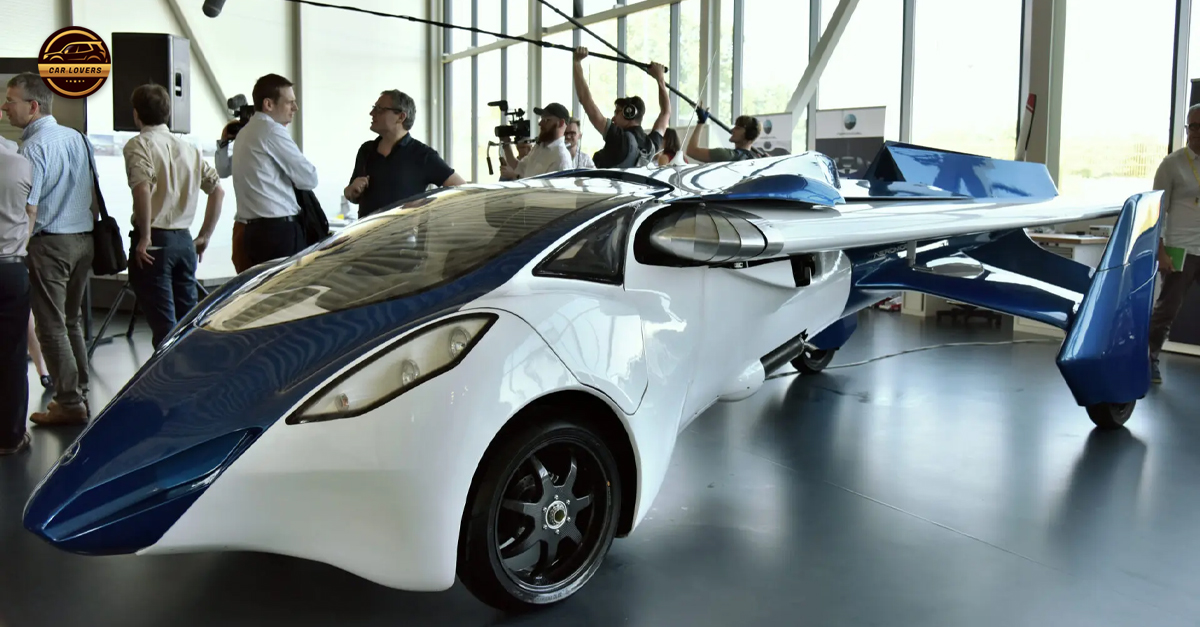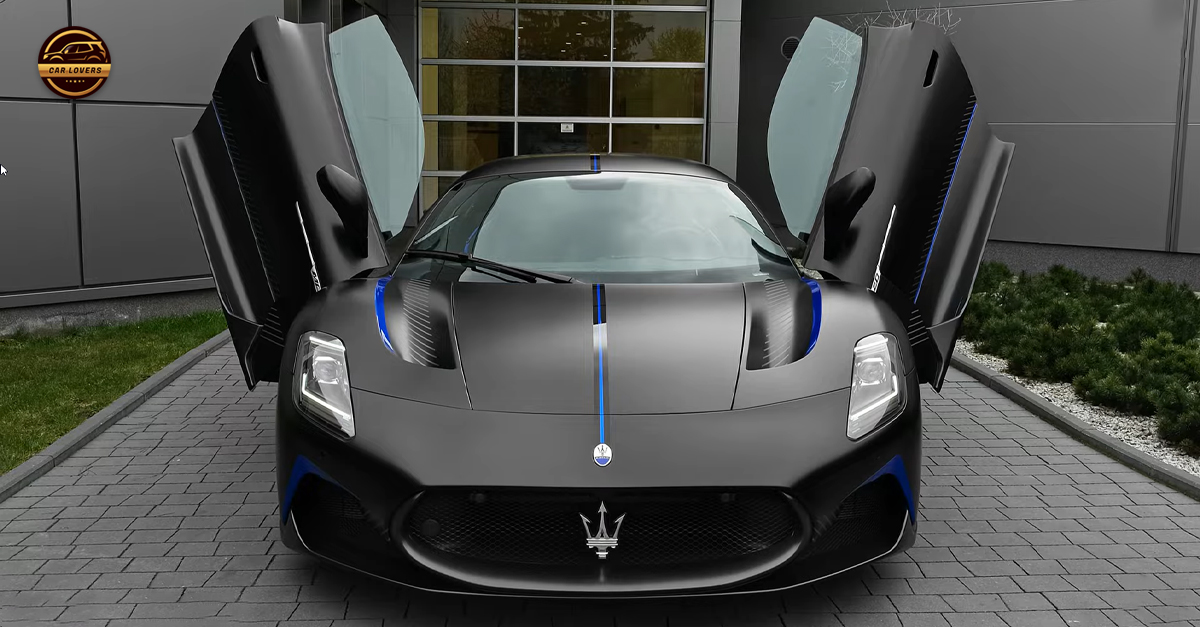In an extraordinary turn of events, the world of automobiles witnessed a historic milestone as legendary boxer Floyd Mayweather became the proud owner of the world’s first-ever hydrogen-powered Toyota Supercar. This groundbreaking achievement captivated the attention of car enthusiasts, eco-conscious individuals, and curious minds worldwide. Not only did it highlight the advancements in green technology, but it also set a precedent for celebrities and consumers to embrace eco-friendly transportation solutions. Let’s dive into Mayweather’s remarkable journey of acquiring this groundbreaking vehicle, exploring the wonders of hydrogen-powered cars and the far-reaching implications of this momentous occasion.
Hydrogen-Powered Vehicles: An Eco-Friendly Breakthrough
The concept of hydrogen-powered vehicles has been an area of interest for many years, but it is only recently that the technology has matured enough to be commercially viable. Unlike traditional internal combustion engines, these vehicles produce zero emissions, releasing only water vapor and heat as byproducts. This environmentally friendly feature positions them as promising alternatives to gasoline-powered cars, aligning with the global push for sustainable transportation options to combat climate change.

Toyota’s Innovation: The World’s First Hydrogen-Powered Supercar
Toyota, known for its commitment to innovation, made a bold investment in hydrogen fuel cell technology. Their relentless dedication led to the creation of the world’s first hydrogen-powered Supercar—a fusion of luxury, performance, and eco-conscious engineering. This achievement earned Toyota acclaim from the automotive industry and environmentalists, showcasing the brand’s commitment to reducing the carbon footprint and contributing to a greener future.

Mayweather’s Commitment to Sustainable Living
Floyd Mayweather, a prominent athlete and beloved public figure, has always advocated for positive change. Beyond his boxing achievements, he consistently utilizes his platform to raise awareness about various social and environmental issues. Mayweather’s interest in sustainable living and clean technologies made him a perfect match for Toyota’s hydrogen-powered Supercar. He embraced the opportunity to lead by example and show the world that eco-conscious choices can be both stylish and performance-driven.
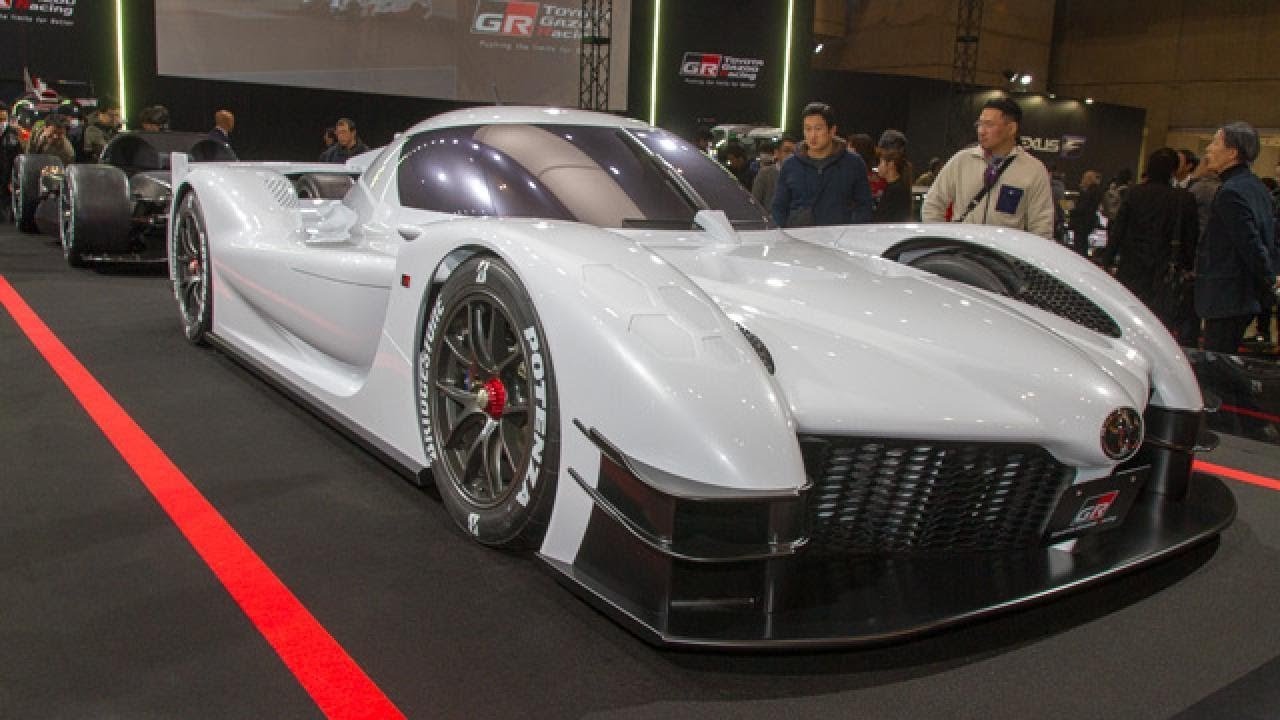
The Ripple Effect: Inspiring Change
The news of Mayweather’s ownership of the hydrogen-powered Toyota Supercar caused a sensation on the internet. Social media platforms buzzed with discussions, trending hashtags, and articles dedicated to this game-changing event. People from all walks of life were captivated, eager to learn more about the technology and its potential implications for a sustainable future.
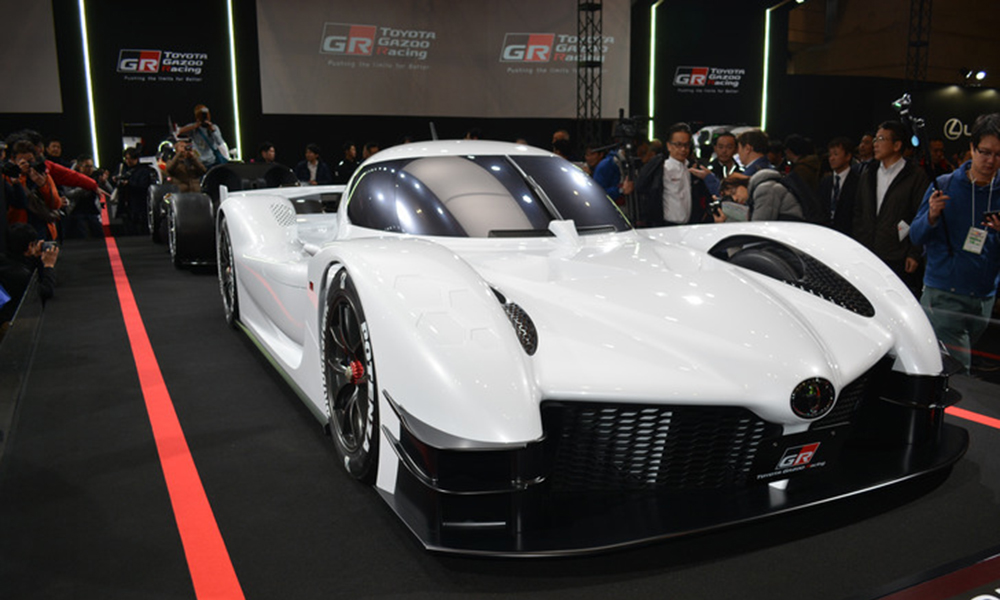
Mayweather’s ownership acted as a catalyst for change, inspiring other celebrities, influencers, and consumers to explore eco-friendly transportation options. This paradigm shift extended beyond the automotive industry, influencing policymakers and governments to further invest in clean energy infrastructure. The newfound attention to hydrogen fuel cell technology has propelled research and development, paving the way for even more innovative solutions in the future.
Addressing Skepticism and Challenges
Despite the groundbreaking achievements, hydrogen-powered vehicles faced skepticism and challenges. Critics raised concerns about the availability of hydrogen refueling stations, cost-effectiveness, and safety. However, the overwhelmingly positive response to Mayweather’s Supercar marked a significant step in dispelling these misconceptions. It encouraged stakeholders to work collaboratively in overcoming the obstacles and pushing the boundaries of green transportation.


